WONDERCABINET : Lawrence Weschler’s Fortnightly Compendium of the Miscellaneous Diverse
WELCOME
Last time out (Issue #32) a Mondrian painting’s getting revealed to have been being displayed upside down for over seventy years opened out onto a whole trill of entries on metastable horizon lines. This time, we dip into The Archives for another take on Mondrian, this one in the context of an Entire World Turned Upside Down. Followed by a consideration of a strange case of déjà entendu, as a recent episode of Radiolab (focused on determining the Very Middle of Everything) seemed to stray uncannily upon territory covered by an earlier piece of Walter Murch’s from our very own pages. Simply a case of great minds thinking alike? We will tarry and ponder.
***
Main Event: From the Archives
Degenerate Boogie Woogies
Last issue’s discussion of Mondrian put me back in mind of a submission to my original Convergence Contest on the McSweeney’s website, in the months after their publication of my Everything that Rises book of convergences in 2006. I’d invited correspondents to submit convergent examples of their own to which I would then endeavor to respond, and in this instance, one Lisa Lee of Chicago (at the time, director, as it happened, of the city’s Jane Addams Hull-House Museum) submitted this remarkable pairing:

To which I responded:
Isn’t that uncanny, and yet, on second thought, not as surprising as all that?
Surely part of what was so vitalizing Mondrian during his wartime exile residence in New York, veritably shaking him to his timbers (after all, compare that American Broadway Boogie-Woogie of his to the sort of thing he had been doing a few years earlier back in Europe),
was the ethnic vitality of the city, the racial and income mix, the wild jostling of colors (not just the lights of Broadway but the skin colors of the parading boulevardiers—not the sort of thing he would have encountered in well-ordered, homogenous Holland), and all those jostling sounds (jazz! Boogie-woogie indeed)—the sheer vitality of all that. The sort of thing highlighted, in turn, in the sorts of contemporary graphic studies being generated by sociologists of the sort Ms. Lee spotlights in her parallel submission.
But note, of course, that such a mixing of races and cultures was precisely the sort of thing that had been so upsetting Europe’s fascists, and, in particular, that resolutely traditionalist young painter Adolf Hitler, who, damn it all, knew how to paint a house that looked like a house, a street that looked like a street, a meadow that looked like a meadow.
Unlike all the modernist crap, which was infested with African, Asian, and Jewish influences (and conspicuously championed, at least in his mind, by Jewish critics, dealers, and collectors). In this context, it is worth wondering whether the upsurge of fascism in Germany in the '20s wasn’t as much an expression of cultural revulsion against rampant Weimar modernism as anything else (whether, in Hitler’s case, he didn’t first hate Jews because he felt they championed modernism, rather than the other way around, hating modernism because he felt it was championed by Jews). Nazism was at its very core a movement of cultural reaction, an attempt to save some imagined pure Aryan/European culture from these upstart polyglot polluters. Hence the Nazi regime’s emphasis from the very start on exposing the baneful influence of so-called degenerate (entartete) art and degenerate music.
I should know: my grandfather, the Weimar modernist composer Ernst Toch (his already notably Semitic nose further accentuated in the doctored portrait), was featured in the music wing of the notorious Munich “Degenerate Art” show of 1937, the most heavily attended exhibition in the Third Reich (which makes you wonder), and, of course, the same exhibition where the non-Jewish Mondrian was notably featured in the art wing.
The fact that artists and musicians as such were aggressively stigmatized from the very outset of the Nazi upsurge in turn explains why so many of them managed to emigrate early on, thereby escaping the fate of so many of their more conventionally employed compatriots (shoemakers, leatherworkers, booksellers, etc.), who only fully grasped their own coming fates too late. And hence, in turn, the remarkable encounter of the modernist avant-garde with the United States, as emblemized so tellingly by Mondrian’s painting, and vice versa, as evidenced, for example, in the subsequent upsurge of abstract expressionism: viz., this famous 1956 lunch-hour poem by that poet laureate of the abstract expressionists, Frank O’Hara.
A Step Away From Them
It’s my lunch hour, so I go
for a walk among the hum-colored
cabs. First, down the sidewalk
where laborers feed their dirty
glistening torsos sandwiches
and Coca-Cola, with yellow helmets
on. They protect them from falling
bricks, I guess. Then onto the
avenue where skirts are flipping
above heels and blow up over
grates. The sun is hot, but the
cabs stir up the air. I look
at bargains in wristwatches. There
are cats playing in sawdust.
On to Times Square, where the sign
blows smoke over my head, and higher
the waterfall pours lightly. A
Negro stands in a doorway with a
toothpick, languorously agitating.
A blonde chorus girl clicks: he
smiles and rubs his chin. Everything
suddenly honks: it is 12:40 of
a Thursday.
Neon in daylight is a
great pleasure, as Edwin Denby would
write, as are light bulbs in daylight.
I stop for a cheeseburger at JULIET’S
CORNER. Giulietta Masina, wife of
Federico Fellini, e bell’ attrice.
And chocolate malted. A lady in
foxes on such a day puts her poodle
in a cab.
There are several Puerto
Ricans on the avenue today, which
makes it beautiful and warm. First
Bunny died, then John Latouche,
then Jackson Pollack. But is the
earth as full as life was full, of them?
And one has eaten and one walks,
past the magazines with nudes
and the posters for BULLFIGHT and
the Manhattan Storage Warehouse,
which they’ll soon tear down. I
used to think they had the Armory
Show there.
A glass of papaya juice
and back to work. My heart is in my
pocket, it is Poems by Pierre Reverdy.Indeed, one might even hazard a preliminary Theory of Cosmopolitanism. To wit, that the jostling mixing of ethnic, religious, national, and cultural minorities is of the essence of urban cosmopolitan culture—the sort of thing you had in Spain up through the 15th century, or in Vienna and Prague and Warsaw at the turn of the last century, or in Berlin in the '20s, in Kampala in the '60s, in Belgrade and Sarajevo in the '80s… That such polyglot, polymorphous jostling sometimes generates an anxious purist nationalist revulsion, which can transmogrify into a bout of ethnic cleansing, precipitately emptying the afflicted country of all its minorities (and much of its cultural dynamism), minorities who, fleeing and congregating elsewhere, spawn a fresh cosmopolitan flowering … in New York in the '50s, for example, or in pre-Brexit London more recently. There is thus an uncanny dialectical relationship between cosmopolitanism and ethnic cleansing, one that keeps sloshing and rebounding across the centuries, itself (incidentally) helping to promulgate a whole range of convergent epiphenomena.
Talk about worlds turned upside down and right side up and upside down all over again.
* * *
Convergent Déjà Entendu
I wonder if any of the rest of you were as gobsmacked as I was, the other day, stumbling into the middle of that recent Radio Lab episode (December 9th) which was delving deep into the very concept of the middle of everything. I couldn’t help but marvel at the way that the Radiolab team seemed to be dovetailing near exactly, but exactly, across the very same line of reasoning that our friend Walter Murch had deployed in his investigation of exactly the same terrain back in Issue #20 of this Substack (last July). Perhaps you remember that one, how Walter, having calculated that the very smallest unit of measurement (the Plank length) was 62 orders of magnitude (the number 1 followed by 62 zeros) smaller than the vastest object of which we can conceive (the diameter of the observable universe), thereupon took to wondering what object might abide at the very geometric center of that almost inconceivably large exponential expanse and, following all sorts of mathematical pyrotechnics, came up with a truly astounding answer: the human egg!
Well, the Radiolab team (hosts Soren Wheeler and Alex Neason and Cornell mathematician Steven Strogatz), seized by the very same question and across the very same sequence of calculations came up with almost exactly the same answer, which in turn got uncannily replicated when, just as Walter had, they instead chose to recast the question in terms of the geometric mean between the largest and smallest discrete (as opposed to merely conjectural) objects. All of this entirely uncredited!
When Walter assured me that he had not been in any sort of contact with the Radiolab team, I found myself reminded of a similar sort of conjectural mash-up that had played out back in the relatively innocent halcyon impeachment days of February 1999, when it turned out that the New Yorker on their cover had certainly seemed to have lifted an idea (Monica Lewinsky as the Mona Lisa) from a cartoonist who'd published a similar sketch of Monica, though with a mustache (channeling Duchamps's original appropriation of the Da Vinci) several weeks earlier, and who had in turn sent a letter to the New Yorker’s editor (Tina Brown), vesuviating, "If this was my concept, and if she had a mustache, and if you could copyright ideas, you people would be hearing from my lawyer (If I had a lawyer)." (See p. 181 of my Everything that Rises book, referenced above).
I was getting set to send off a similar sort of letter to the folks at Radiolab when, finally listening to their entire episode, I came to realize that they had gotten launched out upon their quest an entire year earlier by a letter from a listener, who’d been the one to pose the question to them. Walter could not have known about that, and nor could they have known about Walter’s near simultaneous self-launched cogitations. This was hence much more likely another one of those strange Leibniz-Newton (calculus) or Darwin-Wallace (evolution) concurrences (as instanced under the category of “Simultaneity” in my own taxonomy of convergences, as seen back in Issue #13 of this Cabinet). A topic, now that I think of it, itself perhaps worthy of an entire show over there on Radiolab, that being my suggestion to them.
* * *
REMINDER: REN’S WEST COAST BOOK TOUR NOW UNDERWAY
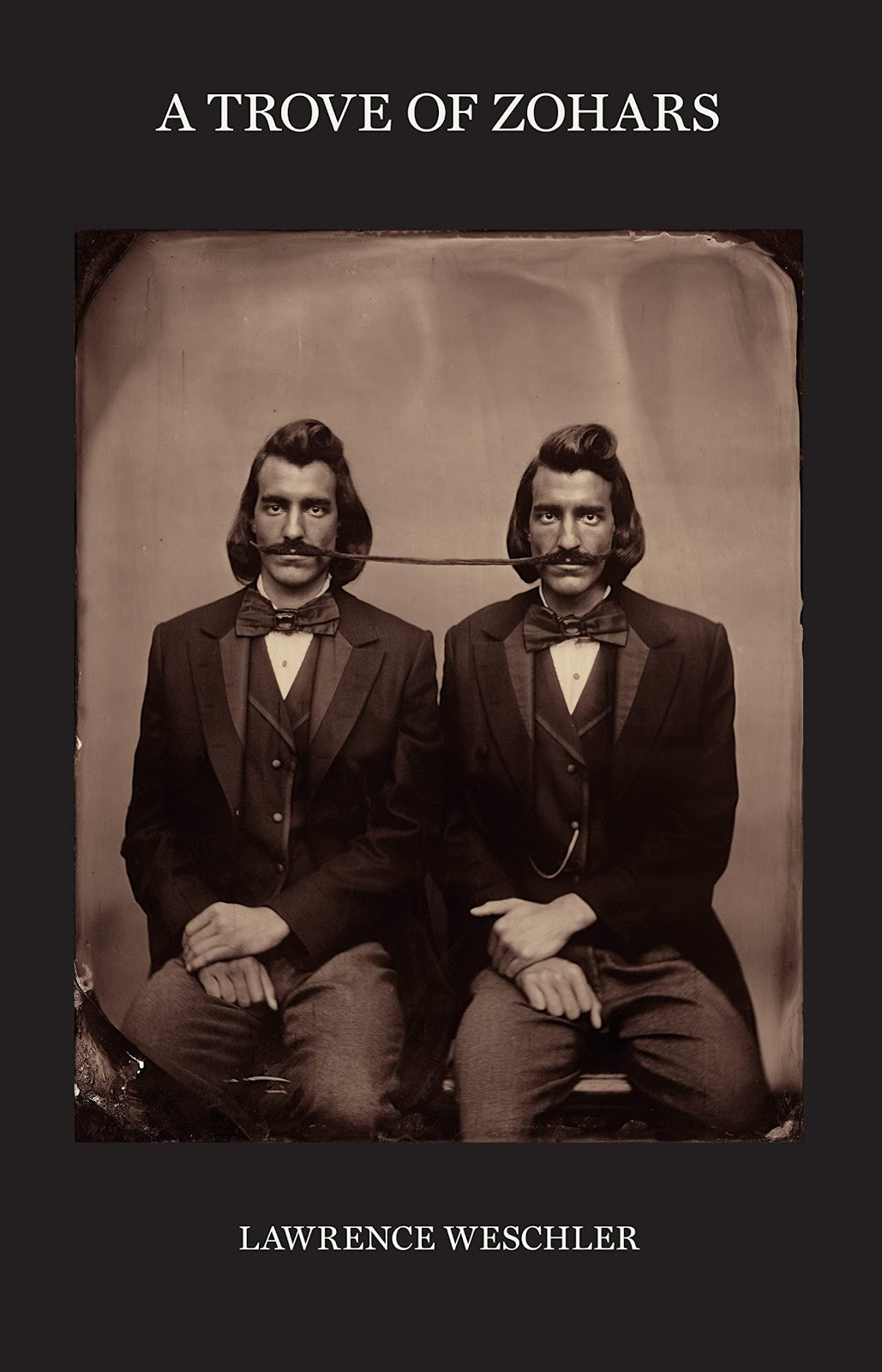
Sunday January 8 SEATTLE Elliott Bay Book Store 6-8 pm
1521 10th Avenue
https://www.elliottbaybook.com/events/20230108
Thursday January 12 SAN FRANCISCO Mechanics’ Institute 6 pm
57 Post Street
{alongside Zohar photo archivist Stephen Berkman}
https://www.milibrary.org/events/trove-zohars-onsite-mechanics-institute-jan-12-2023
Saturday January 14 CULVER CITY (LA) Arcana Books 4-6 pm
8675 Washington Blvd.
{alongside Zohar photo archivist Stephen Berkman}
https://www.arcanabooks.com/blog/?cat=events
Tuesday January 17 WESTWOOD (LA) The Hammer Museum 7:30 pm
10899 Wilshire Blvd.
In conversation with Google AI maven Blaise Agüera y Arcas
{For a flavor of what you will have in store, see as well our earlier three-part conversations in Issues 17, 18, & 19 of this Wondercabinet.}
https://hammer.ucla.edu/programs-events/2023/blaise-aguera-y-arcas-lawrence-weschler
* * *
ANIMAL MITCHELL
Cartoons by David Stanford.
***
NEXT ISSUE
It turns out that the Radiolab/Murch overlap was only the first instance in an Epic Pile-Up of Convergent Effects, the laying-out of which will spill over into our next issue, to truly mind-boggling effect. Trust us: you just wait and see. Meanwhile, Ren will be on the road through much of January, initially on book tour out West (see above) and then on assignment in Amsterdam, so the next few issues may be somewhat leaner, though we hope no less engaging.
* * *
AND ONE LAST CONVERGENCE (for this issue, anyway):
The final horizon-limning Animal Mitchell drawing in our last issue
suddenly reminded Ren of the high school response of a then-young Ryan Oakes (one of the Perspective Twins he’s been following for some time) to the assignment that he conjure up some sort of stipple drawing:
Kind of amazing, no? As well as conveniently providing a segue to a reminder about the Cabinet’s current hanging-on-by-our-fingertips financial situation.






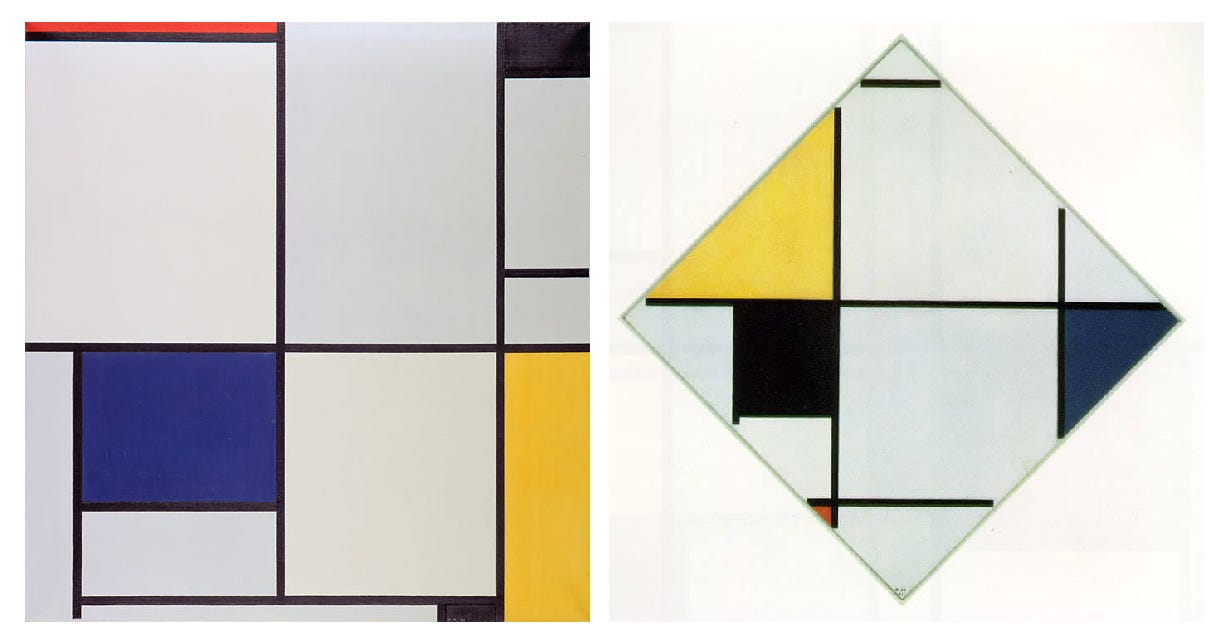



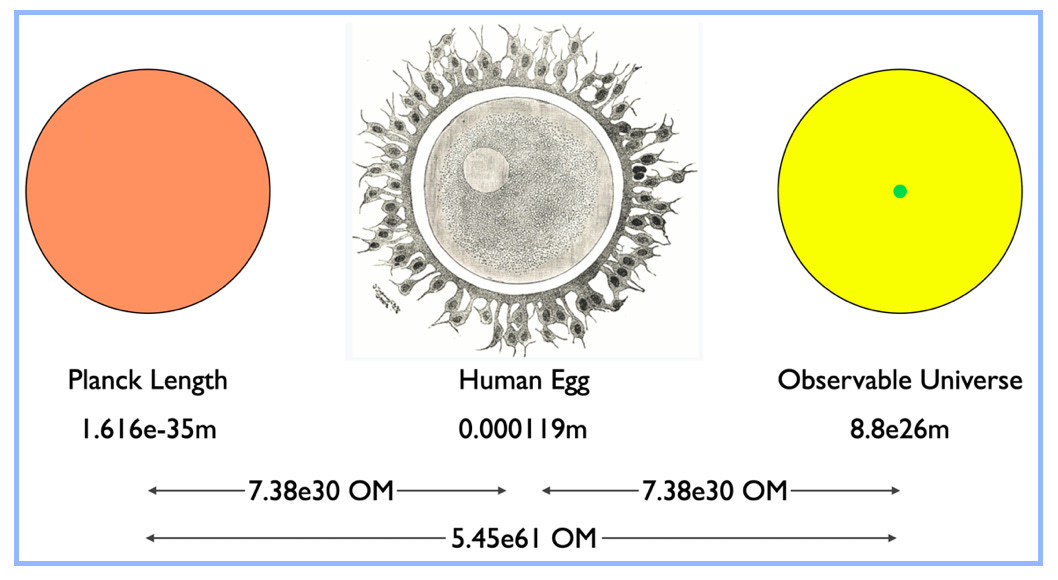
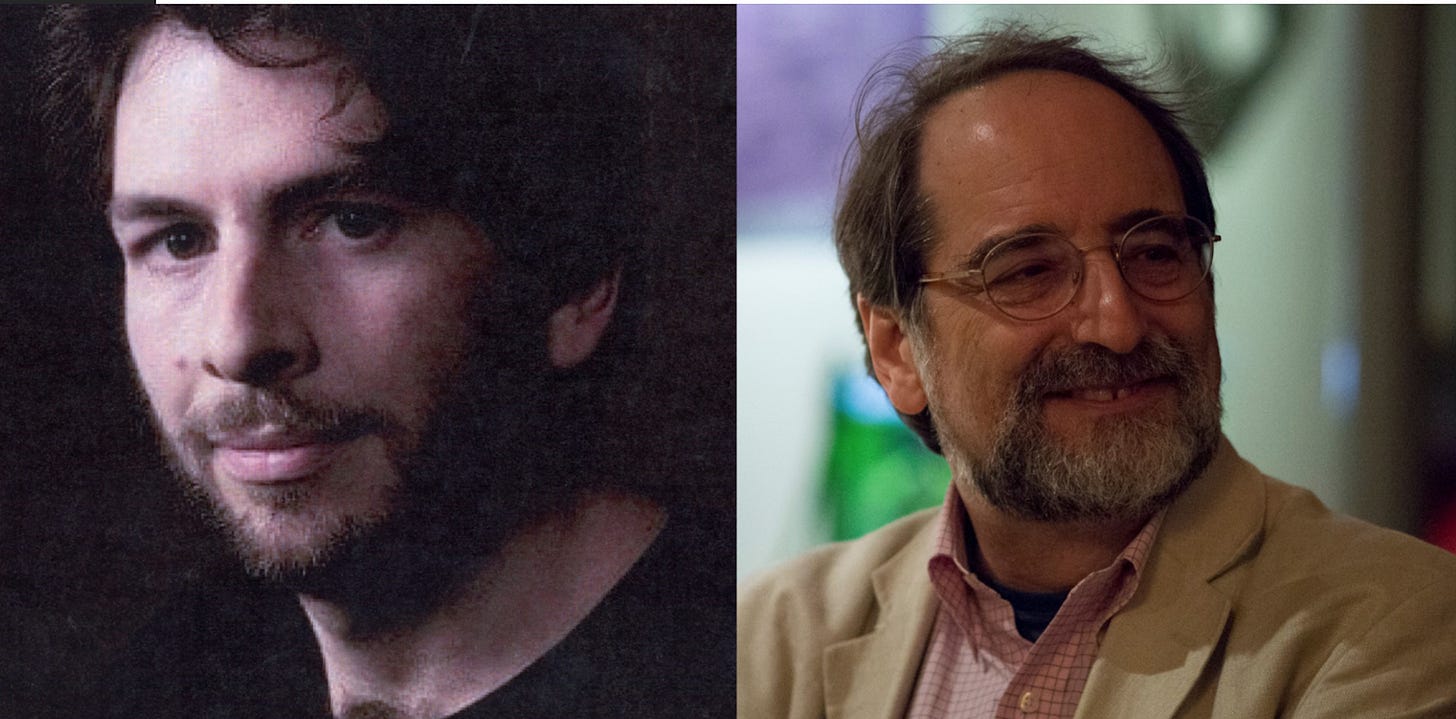

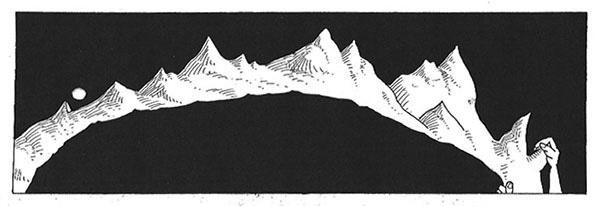

Ren - I much look forward to your event with Blaise at the Hammer. Re the convergence of Murch and RadioLab about humans being at the center of the scale-spectrum of the universe – among physicists this is a well-know fact much discussed and marveled at. I learned about it when I was a physics student at university more decades ago than I care to admit. Good on Walter for discovering it for himself - discovery is the essence of scientific practice and its always impressive when people rediscover in their own way things already known.